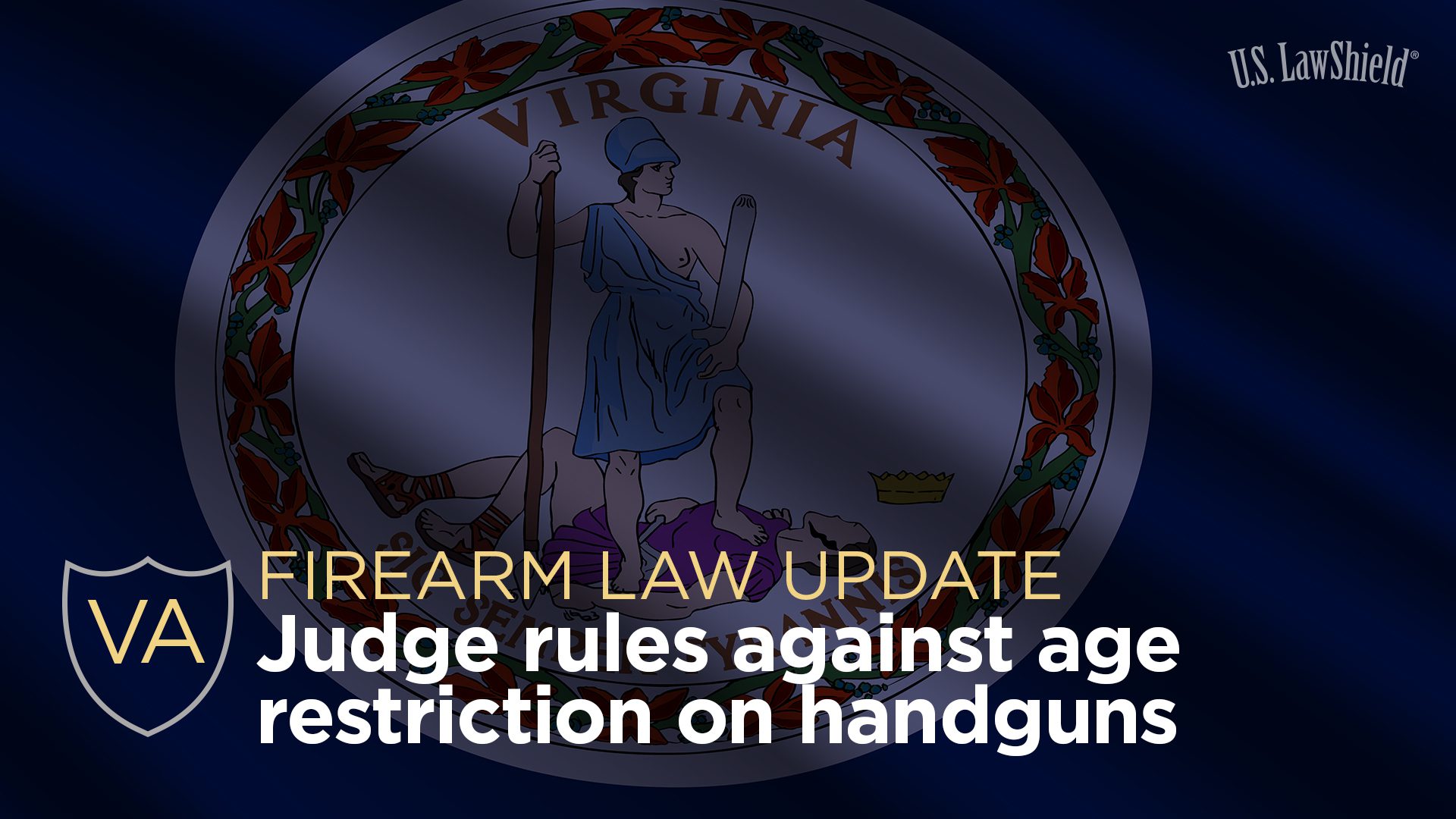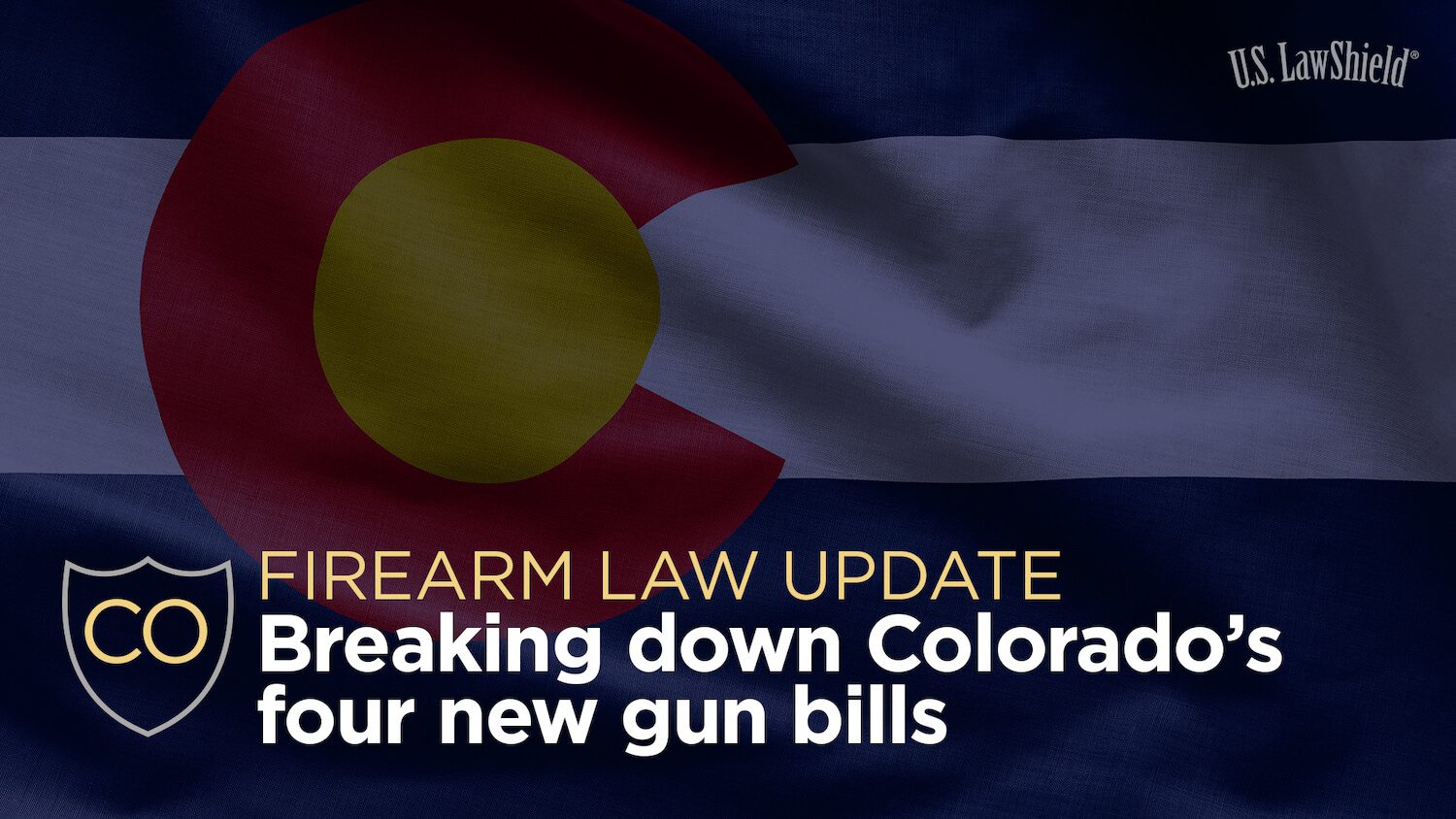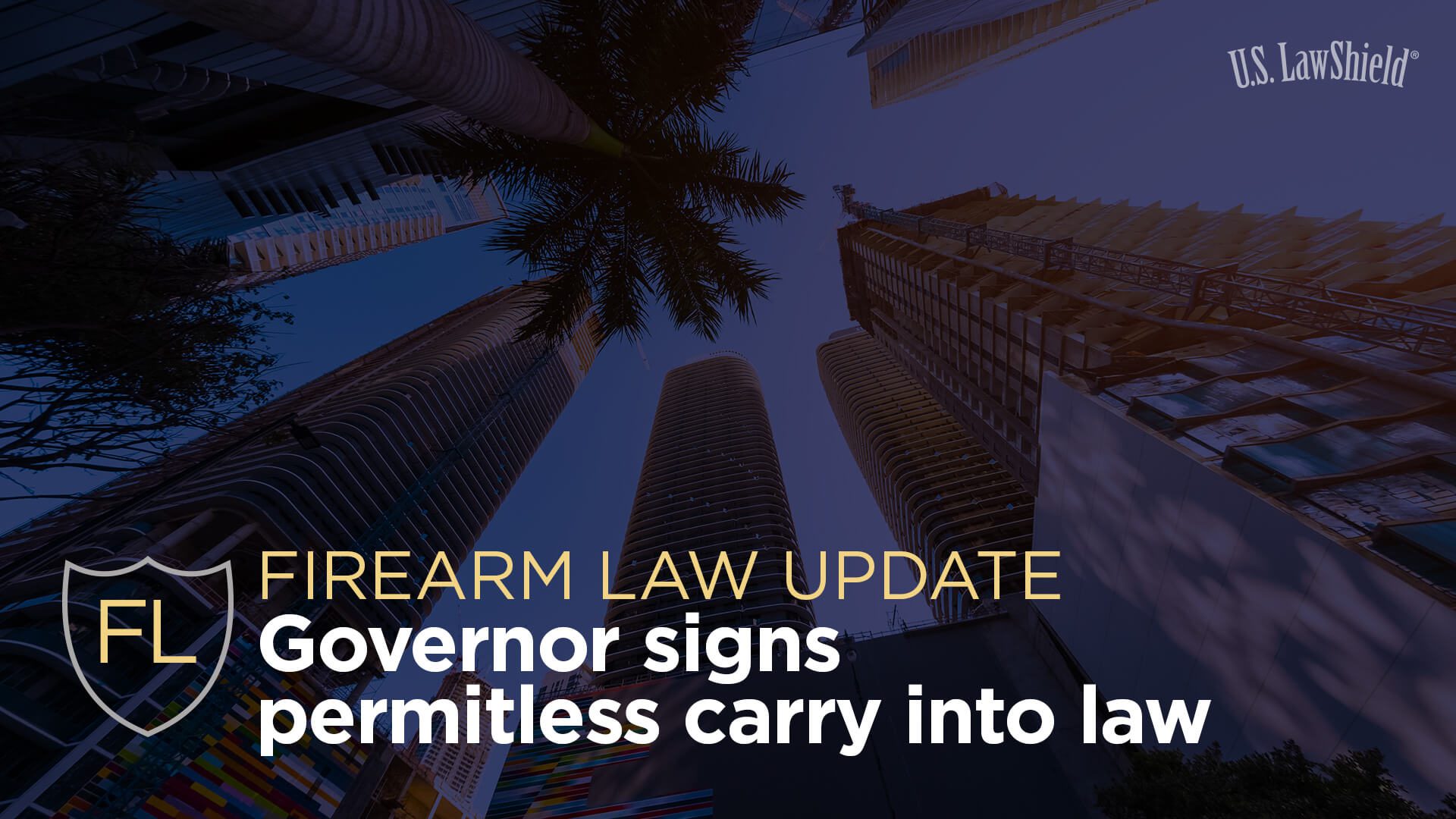
It’s summer, and a popular national pastime during the warmer months is interstate vacation travel. Packing the family into a car and driving to meet ` relatives, witness natural wonders or simply see new parts of the country is a wonderful way to spend time together and learn more about our nation.
One thing that can complicate such an adventure is figuring out how to carry firearms while still adhering to applicable laws as you cross state lines. Making sure the time, money and effort you put into training for concealed carry isn’t defeated by an accidental violation of the law is definitely worth the effort.
Let’s take a look at how one can safely, and legally, transport a firearm across state lines. It can be tricky, but with the right information and a good plan, gun owners traveling across state lines can do so safely and within the law. Share your experiences in the comments.
Are you carrying or transporting?
While the difference between carrying a firearm and transporting a firearm may sound insignificant, the law finds it very significant. A firearm can be transported just about anywhere as long as it’s legal to own in both the point of departure and destination (with some qualifications surrounding where and for how long you might stop along the way).
However, if you’re carrying one on or about your person, there are additional legalities. “Transporting” a gun generally involves it being stored in such a way that it’s not immediately available to the driver. Commonly, this is interpreted as being in the trunk, stored separately from any ammunition, unloaded and in a locked container. For purposes of our conversation, “carrying” a gun should mean in a holster on your body, in a bag/purse or inside a vehicle so that it’s immediately available to you (in glove box, center console or a holster attached to the inside of the vehicle, for example).
If you’re transporting, you generally have less to worry about with regard to city, county and state laws. There’s a federal law protecting this activity (assuming you do so correctly, which we will cover later in this article. If you’re carrying, you’ll likely have to do more homework as well as ensure that you have a permit in the state, or they offer reciprocity for one of your concealed carry permits. Other considerations include permitless carry states, and whether you are allowed to carry inside or outside a vehicle. There are many factors that come into play when you’re carrying, so again, determine what your needs will be and seek relevant information accordingly.
What you need to know about transporting firearms
Investigate what it takes to legally carry a gun in a vehicle in your home state. While it’s not always required to have a carry license or permit (especially if you intend to simply transport firearms, rather than carry them), in many states it’s the safest way to do so without raising questions about what constitutes legal carry in a vehicle. Even in states that don’t require a permit for carrying guns in a vehicle, or at all, it’s often beneficial to get a permit anyway—especially if you intend to transport firearms across state lines. Having a permit in relevant states can only make things easier.
Firearm laws regarding carry can be different if you are in a vehicle versus on foot. If you’re a U.S. LawShield® member, consult with your Independent Program Attorney (IPA), attend a relevant educational seminar or get the Armed And Educated™ book for your state, as well as other relevant states you might visit. Print out copies of the relevant sections of the law (to illustrate your adherence to it) in case you wind up speaking to law enforcement. Be aware of the requirements regarding what you can transport and where. Gun rights organizations, like the National Rifle Association (NRA) and even the occasional concealed carry magazine, put out guides periodically covering this information. But it’s often better to get this information directly from an expert. Talk to your IPA or contact the Attorney General’s office in states you’re traveling through to ensure you’re up to date on gun legislation while carrying or transporting firearms.
Enjoying this content? Find out how you can get more sent straight to your inbox.
Carrying guns across state lines
Let’s assume you intend to carry a gun on or about your person across state lines. This puts you in the “carry” category. With that in mind, what are some concerns you should be aware of and address before and during your trip? To start with, consider the states you’ll be in and their relevant gun laws.
Concealed carry reciprocity should be a primary concern for any person looking to carry a firearm and stay legal while traveling state to state. Knowing which states honor your concealed carry permit, and which don’t, is key. Consult your IPA, relevant state Attorney General’s office or U.S. LawShield travel guides. There’s a guide for each state that outlines specific laws to know, locations that do and don’t allow carry, information on relevant federal laws and even tips for flying into or out of that state.
Beyond state gun laws
Once you know which states you’re going to and how their gun laws impact your carry, you can plan your trip to maximize the amount of time you can legally carry. Just remember that gun laws aren’t limited to the state. In fact, many gun laws are passed at county and municipal levels. This can create an extreme patchwork of laws which might translate into you being perfectly fine on one side of the street and then literally committing a crime on the other. So how do you find out?
First, determine if the state has a preemption law. Preemption requires that the state legislature writes all relevant laws (in this case, gun laws). Preemption doesn’t allow smaller governing bodies like cities or counties to go beyond that state law. If the state in question has preemption, you generally don’t have to worry about local laws being different. As before, be sure you have the latest information and consult your IPA, the Attorney General’s office or our state-specific travel guides. Once you have potential local laws down, it’s time to consider whether you’ll be visiting federal property, e.g., national parks, national forests, etc.
National parks aren’t of much concern for gun users looking to carry. If you’re allowed to carry the gun in the state the park is in, you’re generally fine doing so in the park itself, by virtue of federal law 50 CFR § 27.42. However, there may be buildings operated by the federal government, like U.S. Postal Service offices, which don’t allow possession of a firearm on the premises. Ranger stations, visitors’ centers and even gift shops might fall under this designation. Please be aware that this might be an issue and remember to safely and securely disarm as needed.
National forests are similar, though some states do have regulations that affect legal carry. Be sure to consult your resources before visiting them while armed. Federal buildings within national forests are something to watch out for as well, just like for national parks.
Native American reservations and lands aren’t considered U.S. territory, and they may have their own laws and regulations that are entirely different from the states they exist within. Even if you have a permit to carry in that state, the reservation may choose not to recognize it on its territory. Check with your IPA or the reservation police/tribal leadership before carrying on reservation lands. You should also be aware that if you exit a highway (governed by federal and state laws) onto reservation land, you’ll be under the reservation’s jurisdiction.
Federal law means safe transport of a firearm in every state
We’ve now navigated a not-always simple network of state and local laws, contemplated state preemption, considered the risk of entering federal buildings in national forests as well as reservations. If your goal is to exercise your constitutional right to carry a firearm in a safe, legal manner, it’s important to be aware of these things.
If, in your upcoming journey, you find yourself looking at the transportation of a firearm across a more restrictive state, there are ways to do so legally. This is known as the “Safe Passage” provision of the Firearm Owners Protection Act (FOPA) found in 18 U.S.C. § 926A and elaborated upon in our previously referenced travel guides.
Now that you know the ins and outs of traveling with firearms, we recommend getting a U.S. LawShield travel guide for your state as well as any states you might be visiting. After all, as the adage goes, “Forewarned is forearmed.”
Your Protection Starts Here!
The information provided in this publication is intended to provide general information to individuals and is not legal advice. The information included in this publication may not be quoted or referred to in any other publication without the prior written consent of U.S. LawShield, to be given or withheld at our discretion. The information is not a substitute for, and does not replace the advice or representation of a licensed attorney. We strive to ensure the information included in this publication is accurate and current, however, no claim is made to the accuracy of the information and we are not responsible for any consequences that may result from the use of information in this publication. The use of this publication does not create an attorney-client relationship between U.S. LawShield, any independent program attorney, and any individual.




Leave A Comment